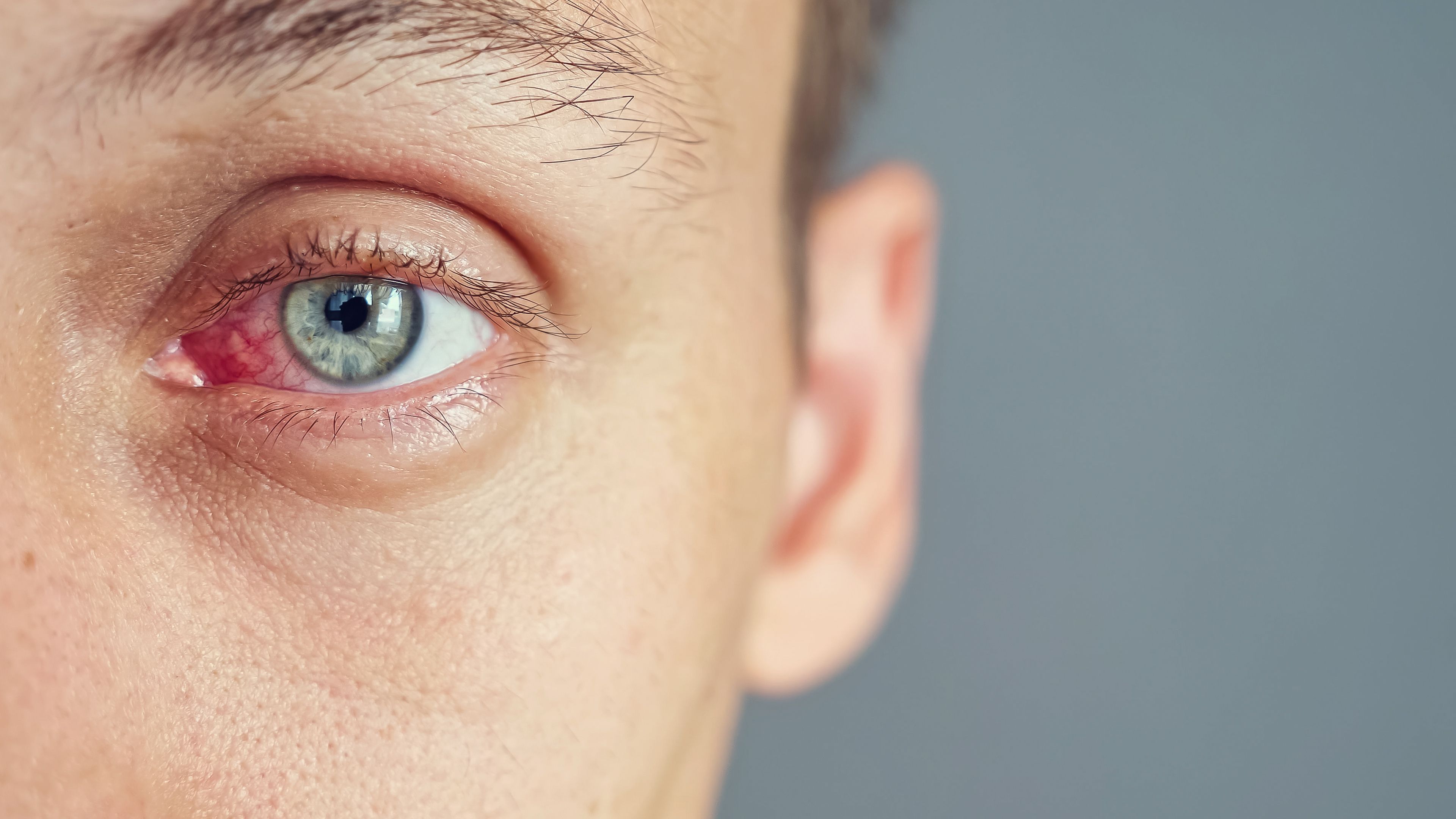- Center on Health Equity & Access
- Clinical
- Health Care Cost
- Health Care Delivery
- Insurance
- Policy
- Technology
- Value-Based Care
Device Can Distinguish Between Patients With and Without Dry Eye Disease
Patients with dry eye disease can be distinguished from patients with healthy eyes using a new artificial intelligence tool.
An artificial intelligence (AI) tool developed in Italy can be used to distinguish patients with dry eye disease (DED) from patients with healthy eyes. The tool can be used as a noninvasive way to diagnose DED in patients, according to a study published in Diagnostics.1
Millions of people worldwide are affected by DED, which is a common ocular surface disorder. DED can cause burning, the sensation of a foreign body in the eye, ocular discomfort, and dryness, all of which can cause pain in the eye.2 Accelerated tear film breakage, reduction in tear volume, and heightened tear evaporation are some of the symptoms that make up DED. At least 1 pathological sign must be assessed to give patients a clear diagnosis of DED. DEvice, which is an AI developed in Italy, is a portable prototype ocular hygrometer that can assess tear film. This study aimed to evaluate how effective the tool is in giving proper diagnostic accuracy for patients with DED.
Dry eye is caused by the eye not producing enough tears to keep the eye moist | Image credit: lenblr - stock.adobe.com

Patients with a confirmed diagnosis of DED who were attending the ocular surface office at the University of Magna Crecia in Catanzaro, Italy, were enrolled in this study alongside healthy controls between January and June of 2023. Patients who had the presence of an active ocular inflammation, had a history of contact lens wearing, had recent ocular surgery, or used anti-inflammatory eye drops within the previous month were excluded. Patients with DED were included if they had a noninvasive keratography breakup time (NIKBUT) of less than 10 seconds and an Ocular Surface Disease Index (OSDI) survey score of 13 or higher.
Tear meniscus height (TMH), meibomian gland loss (MGL), NIKBUT-first, NIKBUT-average, and bulbar redness were all calculated. NIKBUT-first was defined as the time until the tear film’s initial disruption and NIKBUT-average was defined as the mean duration of instances of rupture. All patients were examined with the DEvice 30 minutes after a keratograph assessment to obtain measures of relative humidity (RH) and temperature taken around the ocular surface. All participants filled out the OSDI questionnaire to evaluate their ocular pain throughout the previous week.
There were 40 eyes from 40 patients included in the study, of which 23 were female and the mean (SD) age was 38 (17.14) years. Eyes with DED and healthy eyes each made up 50% of the cohort and were matched. Age and gender were not significantly different between the 2 groups.
Mean (SD) TMH was not found to be significantly different between the patients with DED (0.27 [0.10] mm) compared with those with healthy eyes (0.26 [0.10] mm). This extended to bulbar redness (1.04 [0.34] in patients with DED vs 0.99 [0.45] in patients without) and MGL (1.00 [95% CI, 1.00-2.00] in patients with DED vs 1.00 [95% CI, 0.00-1.00] in patients without DED).
However, a statistically significant higher value of RH was found in patients with DED after using DEvice when compared with patients without DED (85.93% [10.63%] vs 73.05% [12.84%]). This did not extend to the relationship with mean values of temperature, which were not statistically significant between the 2 groups (27.12 [1.75] °C in patients with DED vs 27.08 [1.72] °C in patients without DED).
The accuracy of RH as a predictive factor for DED was calculated using area under the curve (AUC). The sensitivity was determined to be 60% with a specificity of 95% and an AUC of 0.782 (95% CI, 0.6401-0.9249). The mean OSDI scores were also significantly different between the patients with DED (42.15 [19.04]) and those without (13.45 [7.61]).
There were some limitations to this study. There was a smaller sample size included in the study, which may have led to a lack of statistical significance. DED was not separated by suptype, severity, or treatment, which could lead to unclear results. The discriminatory function could have been limited due to the small sample size.
DEvice was able to separate patients with DED from patients with healthy eyes through the evaluation of RH in all included eyes. The noninvasive test could help in screening patients in the future. Studies with larger sample sizes should be conducted in the future to corroborate this finding.
References
- Vaccaro S, Borselli M, Scalia G, et al. A novel noninvasive screening tool for dry eye disease. Diagnostics. 2024;14:1209. doi:10.3390/diagnostics14121209
- Dry eye. National Eye Institute. Updated November 15, 2023. Accessed June 28, 2024. https://www.nei.nih.gov/learn-about-eye-health/eye-conditions-and-diseases/dry-eye
AI in Health Care: Balancing Governance, Innovation, and Trust
September 2nd 2025In this conversation with Reuben Daniel, associate vice president of artificial intelligence at UPMC Health Plan, we dive into how UPMC Health Plan builds trust with providers and members, discuss challenges of scaling AI effectively, and hear about concrete examples of AI's positive impact.
Listen
